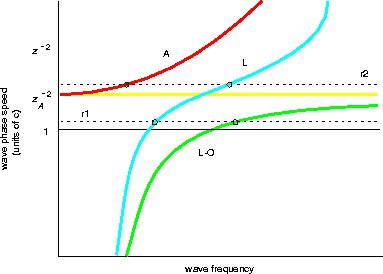
Pulsar radio emission is not understood. Don Melrose and Associate Professor Michael Gedalin of Ben Gurion University have determined that the most widely favored emission mechanism seems to be inconsistent with the observed frequencies.
Pulsars are neutron stars that emit radio waves in an intense, narrow beam which sweeps across the observer once per rotation period of the neutron star to produce the observed pulses. What causes the radio emission? It is widely accepted that the rapid rotation of the neutron star, combined with its super-strong magnetic field, leads to a large electric field which accelerates particles to extremely high energies. These `primary' particles emit gamma rays which decay into `secondary' electron-positron pairs, and the radio emission is attributed to these outflowing secondary pairs. But what is the radio emission mechanism? A preliminary point is that the radio emission is intrinsically extremely bright, and it requires an emission mechanism that is `coherent' because incoherent emission, in which each of the particles radiates independently of the others, is totally inadequate. In the early years of pulsar research (the early 1970s), two emission mechanisms were considered: `coherent curvature emission', and what might be called `relativistic plasma emission'. Curvature emission occurs because particles are accelerated as they follow the curved magnetic field lines, and this accelerated motion causes the emission of radiation. The coherence was attributed to bunching of particles, but any suggested bunching mechanism has long since been regarded as untenable. In relativistic plasma emission it is assumed that a relative streaming motion in the outflowing pair plasma leads to a plasma instability in which `Langmuir' waves grow. The radio emission is then attributed to partial conversion of the energy in these waves into escaping radiation.
Don Melrose and Michael Gedalin have reconsidered relativistic plasma emission critically by considering the properties of Langmuir and other waves in a pair plasma with the properties expected in the source region for the pulsar radio emission. They have shown that the frequency predicted for emission due to Langmuir waves generated in this way is too high to be consistent with most of the observed pulsar radio emission. Although this does not tell us what the pulsar radio emission mechanism actually is, it does clarify the problem by eliminating perhaps the most widely favored mechanism. This conclusion has further interesting implications that are currently being explored.

